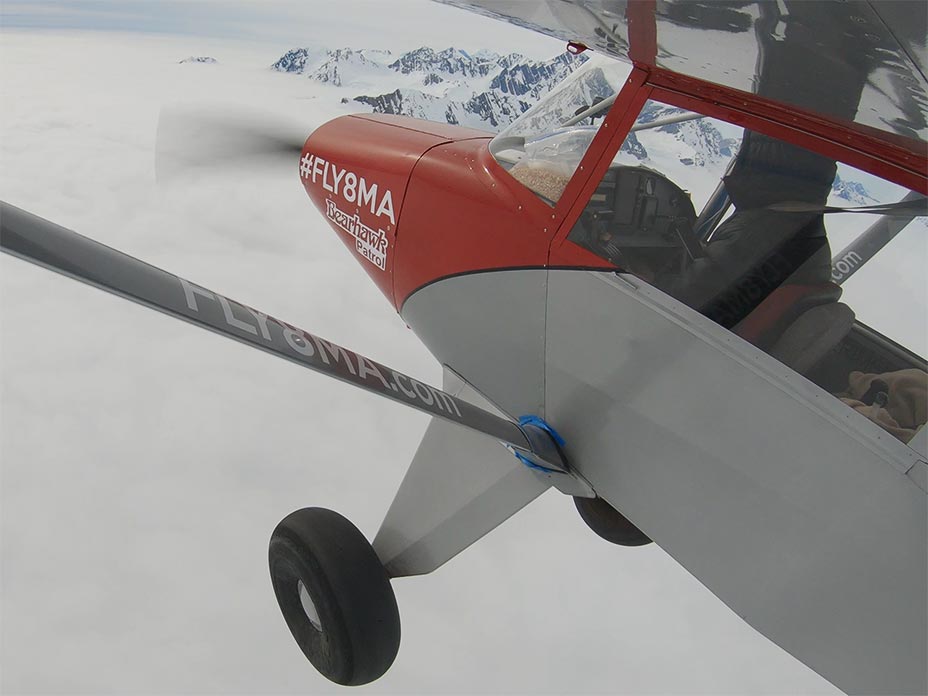Ready for your IFR Checkride?

Are you ready for your IFR Checkride? Check out our latest IFR Oral Exam video below and test your instrument knowledge against our IFR Checkride Quiz!

Are you ready? Read through the questions below and click the bubble you believe to be the correct answer! We’ll give you feedback as you go and give you an explanation of the correct answer.
When can you legally log instrument approaches for currency?
You are instructed to enter a hold at 8,000′ MSL. What is your maximum holding speed?
On a standard six pack, which instrument(s) are gyroscopically driven?
As you begin your descent, you notice your altimeter and vertical speed indicators are not changing. From this you may conclude that:
For an instrument airplane, the following inspections are required every 24 calendar months:
A Mode C Altitude Encoder reports the aircraft’s:
How’d you do? Whether you are looking to start Instrument Ground School and receive the written endorsement, or If you are looking to sharpen your knowledge prior to the checkride, check out our 2020 IFR Instrument Pilot Course! Accessible with our First Officer or Captain membership.
Our course includes comprehensive preparation covering everything you need to know for your written exam, flight training, and checkride. Our Learning Management System allows you to track your training step-by-step as you progress through 15 lessons broken down into easy to digest sub-topics. Our course is real-world focused, and incorporates 20 case study examples allowing you to build a solid and safe foundation on instrument flying. Click here to get started!
